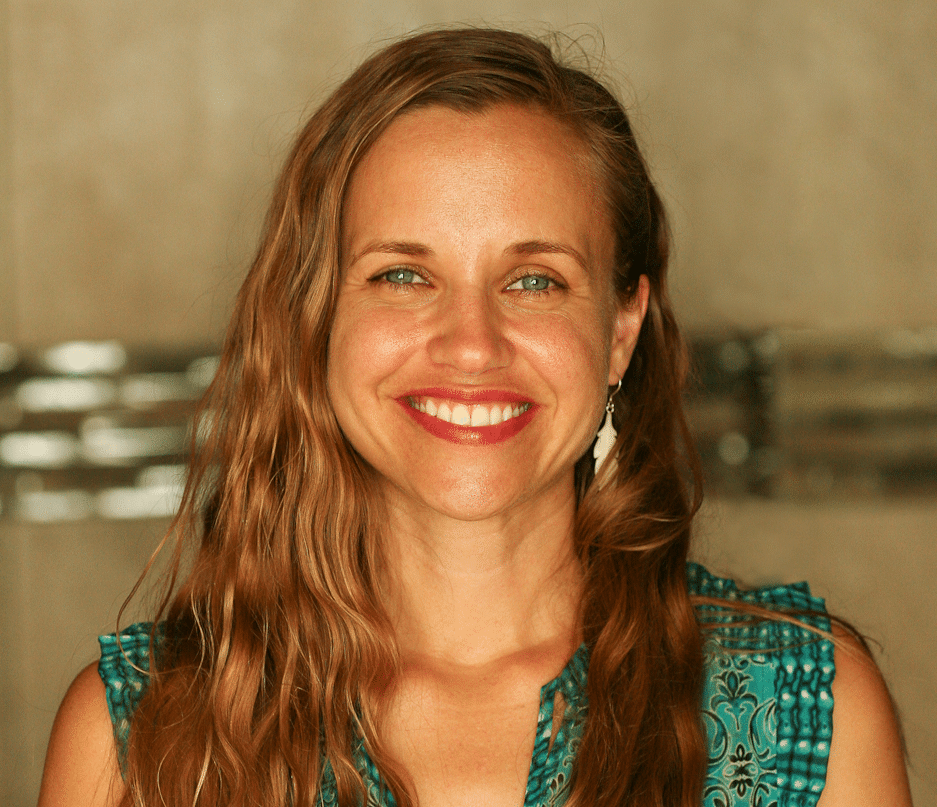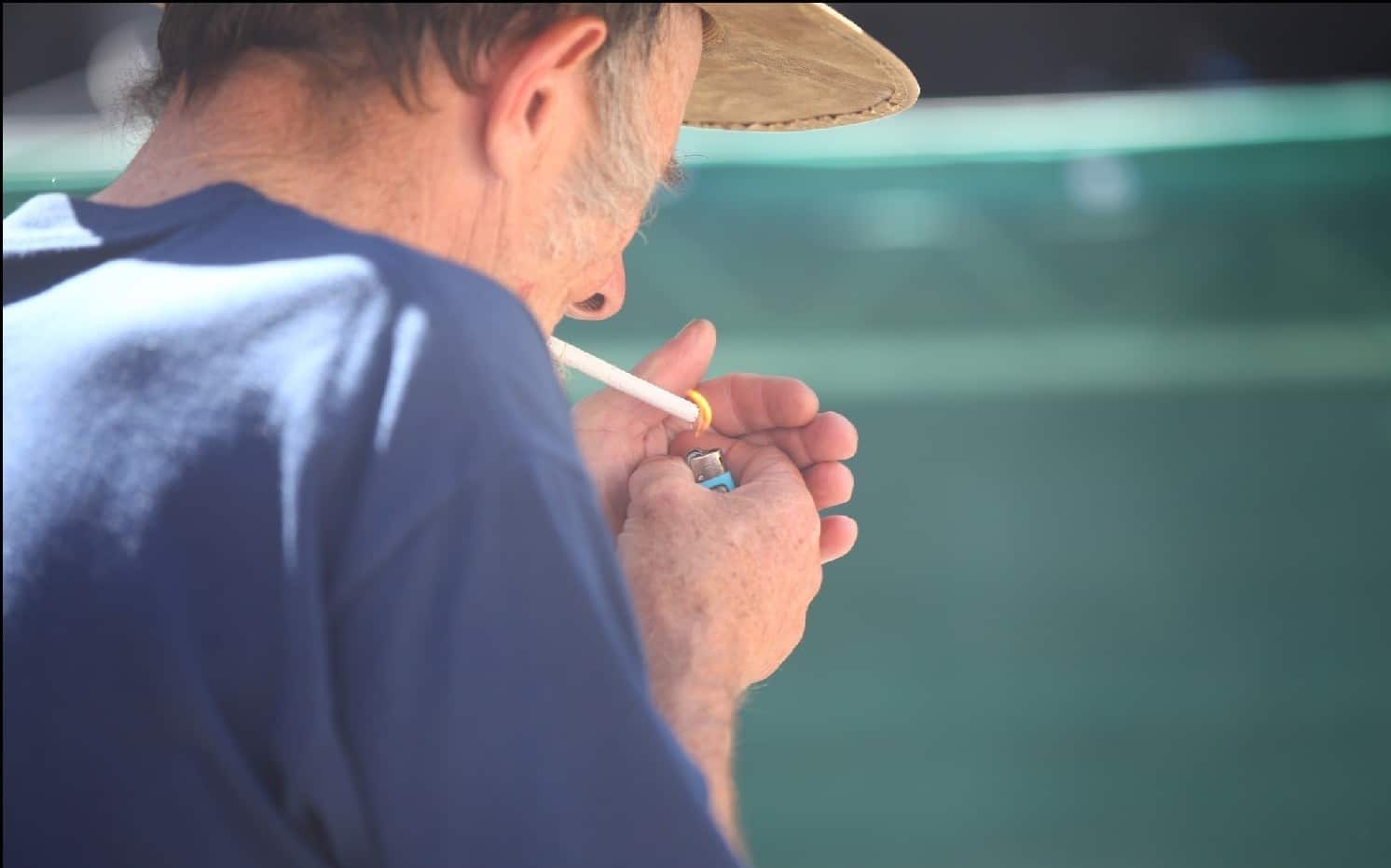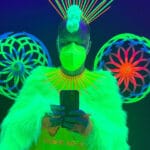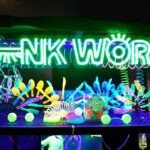
“We’re about to have a flower open up in the timelapse room. I’m going to give you a treat, dude.” Via the magic of the internet, I’m in a video call with Louie Schwartzberg, filmmaker behind the new documentary Fantastic Fungi. Taking me on a walk he jokingly refers to as a ‘dolly shot’, he carries his laptop through his house into a dark room illuminated only by an impossibly pink grow light. The centerpiece underneath the pink light, surrounded by fancy-looking cameras and wires, is a beautiful potted flower that is just starting to bloom.
“In 13 seconds it’s going to shoot IMAX quality 3D photos, one frame for the left eye and one for the right eye.” After a dramatic pause, the surreal pink grow lights switch off, white lights come on, and two audible ‘clicks’ come from the tripod-mounted digital cameras. As the sound of the click fades back into silence, the white lights turn off. After a moment of complete darkness, the LED pink lights switch automatically back on again.
“You witnessed it, one frame in 3D, captured. That’s 1/24th of a second. And if you saw my movie, you can appreciate what it took to shoot it.”
“I can’t fathom what it took to create the footage in the film,” I say, “but now I can appreciate it even more.” And I mean it. Louie’s new documentary about fungi, which highlights their role in nature, their ability to heal people and planet, and the latest psychedelic therapies with psilocybin, features the most amazing mushroom time lapse photography that has even been recorded, and lots of it.
Thank you so much Louie, that was such a treat getting to peek into your process. I absolutely loved Fantastic Fungi. It was inspiring, educational, and the visuals were breathtaking. What was the seed of inspiration for this film, and how did it all begin?
Well, the film actually started about 13 years ago. I heard Paul Stamets do a presentation at the Bioneers conference, and after he got off the stage I walked up to Paul and showed him my time lapse mushroom footage. From that point on, it became a bromance where we’ve combined the best of science and art, and the intersection of that is wonder and awe. That is the inspiration for the movie.
Going back further, I graduated from UCLA with an MFA degree in film. I moved to northern California and I wanted to shoot 35mm movie film, but couldn’t afford it. I found these big old 35mm movie cameras that were built in the 30’s and used for filming animation. I wanted to shoot time lapse for two reasons: for the sense of wonder, and for the fact that it didn’t cost me much money. Even back then, film was $100 a minute for raw stock, development and a print. So I started to chase the light filming time lapse, and it would take me a couple of months to shoot a four minute roll of film.
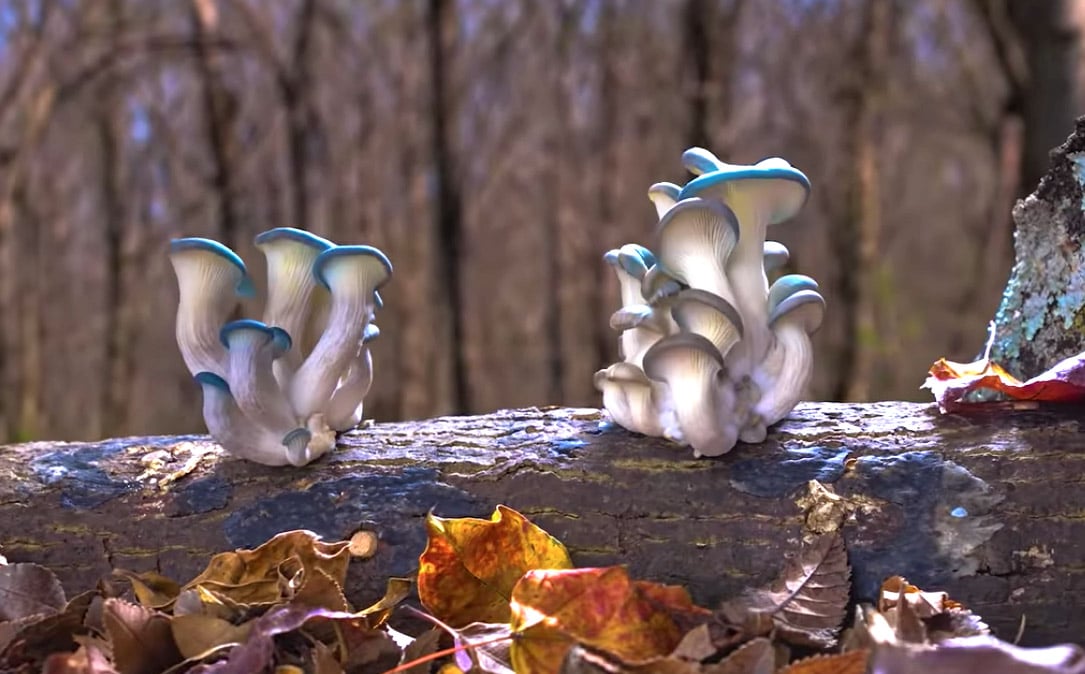
I was the first person to take these cameras outdoors and shoot 35mm time lapse of nature. The cameras had always been used to shoot cell animation. They have these big AC-powered motors, so unless you had a long extension cord, you couldn’t go really far to film anything outside.
A friend of mine made electric guitars for the Grateful Dead, and he made a DC-powered stop motion motor that ran on flashlight batteries. Using that, I was finally able to take the camera outdoors. Living in Mendocino with the beautiful laboratory of the varying phenomena of fog rolling in and out, shafts of light in the forests, weather that changes five times in one day. It was a beautiful adventure to go on a journey of discovery to capture the patterns and rhythms of nature. And that definitely opens up your mind, your perceptions and perspective on everything… It enabled me to share the vision in my films of what a plant sees. What does a hummingbird see? What does a redwood tree see? By taking a journey through time and scale, we can make the invisible visible. Undoubtedly I’m inspired—as are the audiences—by nature’s intelligence and mysteries.
And the flowers also seduced me to time lapse them. I’ve been filming time lapse flowers in my studio for 40 years, 24 hours a day, 7 days a week, non-stop. You want to take a guess of how much flower footage I have by shooting around the clock for 40 years? How much do you think I have?
Wow, I don’t know. Months worth of footage?
16 hours.
What?!
I squeezed 40 years into 16 hours. Does that blow your mind?
Yeah that’s crazy.
So I started shooting flowers. Flowers turned me on because of their essential beauty—their color, their scent, their taste, their composition. It’s the sexual organ of the plant, and it’s where our food comes from. A flower becomes a fruit, a nut, a seed, a vegetable—how important is that to life on our planet?! Plants are also the only land-based organisms that can turn light energy into food and fuel, so plants and flowers are critical to our survival. But in order to reproduce they need pollinators, and that turned me on to making Wings of Life which is a Disney nature documentary feature film. I told the story from the point of view of a flower (narrated by Meryl Streep) getting it on with bees, bats, hummingbirds and butterflies. The story of pollination is a love story, a love story that feeds the earth, and it’s all about beauty and seduction. It’s the foundation for life on planet Earth. No plants, no animals, no people.
Looking at the bigger picture, what do plants need in order to survive? Soil… but where does the soil come from? I swear to God, 90% of people do not know that answer; they have no idea where soil comes from. The answer is fungi, which recycles all the living organic matter on the planet, including even breaking down rock. Without fungi, there literally would be no life on our planet. And that brought me to mushrooms, as I continue to search for the foundation of Life on our planet.
The world of flowers is more accessible to most people—it’s flashy, enticing, and as you said, even seductive. What was it like for you to realize that all that beauty and abundance was dependent on this world of decay, decomposition, and rebirth?
As you see in the film, the footage of mushrooms growing is as beautiful as the flowers. It’s a different kind of beauty—they are not as flashy, but definitely gorgeous.
The networking branching pattern that you find in the mycelium and the roots is a universal archetype that you find throughout nature and the universe. Your circulatory system, your nervous system, the neurological system in your brain, the patterns in the sand at the beach, (and on Mars), the patterns of alluvial plains as seen from a helicopter—they all share the same archetype. It’s this networking pattern that is nature’s operating system for maximum efficiency of moving nutrients and information around. That’s what nature does—it finds the most efficient way of doing something, and never wastes energy.
A branching tree, with the trunk, branches and leaves gathering all the light and the carbon traveling down the trunk of the tree, into the roots, and at their tips handing carbon off to the mycelium network, sequestering carbon under the ground… it’s the greatest natural solution for climate change. It’s a beautiful pattern. I love that pattern; it’s everywhere. The veins in the leaf are no different than what we see underground.
Yes and like you said, no different than what we have within our own bodies and out in the cosmos as well. I’m curious… I imagine perhaps there were some experiences with plants and fungi that helped put you in touch with this awe and reverence of nature and natural systems?
Certainly when I was in college, I was inspired by a couple of journeys I took with plant medicine. My giant takeaway was realizing that everything is energy and life is change. It certainly influenced my filmmaking to a great degree, because I try to show a broader view of reality than the narrow point of view of human vision. It has less to do with plant medicine or psychedelics per se; it’s more about nature’s intelligence.
It’s so important to be able to take a different point of view. Plants and flowers are constantly in motion, but you can’t see it with your own eyes until you see it with time lapse film. Mosquitos and hummingbirds, on the other end of the spectrum, are moving too fast to fully appreciate. They are at a much higher metabolic rate than we are. So filming them with high-speed cameras at 1,000 frames per second gives us a window into their world.
I think that’s what I do with the camera—it’s a different portal into seeing what’s real. When we see plants and fungi sped up, or we see hummingbirds slowed down, we know these things are real and that’s why it is so powerful. Now, if I did a CGI shot of a chair flying upside down, it wouldn’t move you in the same way, because your brain would tell you it’s not true, no matter what I do. That’s why I think we’re getting burnt out on action films when they blow up New York City, and you go “So what?” We just blew up the Empire State Building and Spider Man emerges and he’s okay, and it’s like, “I’m not amazed at all by that, because I know it’s not true.” But when you see the mycelium network underground and the flowers and mushrooms growing and plants and flowers dancing, you know it’s true. And truth is wisdom, and it touches the deepest part of your soul, and that’s what we want to connect with in order to experience the divine.
Absolutely. The filmmaking techniques themselves can be seen as psychedelic in the sense of the meaning of that word—mind manifesting—giving you a visceral experience of something you intellectually know, but have not connected with viscerally.
Yeah, well it’s the real deal! [laughs] You can read about psychedelic journeys or meditation or people having altered states of perception, but it doesn’t mean anything unless you experience it. People who have never done a psychedelic don’t really understand. I could talk to you forever about how plants move, or how a flower does a ballet twirl when it opens, but until you see it, you won’t be able to *feel* it, and be moved.
Totally. One thing that I really loved about the film is that it highlights the magic of mushrooms, which includes but goes far beyond “magic mushrooms.” The magic of mushrooms is really as broad and deep and rich as life itself. Psychedelic mushrooms are wonderful and fascinating in their own right, but they are just a small piece of the overall wonder and role and function of fungi on this planet.
I think that there are a lot of portals of entry into the divine, and magic mushrooms are just one. You can be a surfer and catch the perfect wave and be totally in the moment, or be a musician in perfect flow. I think for a lot of people, it doesn’t have to be the mushroom—it can be anything in nature that really connects you with nature’s intelligence. Anything that gives you that wonderful sense that there’s a higher order to things. It’s a mystery, and there are lots of ways to get into that, right? You can be a gardener, you can be a hiker, you can love to bodysurf— these are all ways that you can feel that experience. You can be a scientist observing a bumblebee pollinating a flower, you can be studying ants and drooling over the amazing aspects of ant colonies—these are all portals and journeys of wonder and awe that take you into the divine. I think we’re all born to be on that journey, to search for those answers: What is life? How does it work?
So the mushrooms are one way of doing it, but certainly not the only way. I think the film gives you an immersive experience simply by visually taking you on a journey through time and scale through nature. I’m showing you stuff that’s too slow, too fast, too small and too vast for the naked eye to see… and that is a mind blowing experience! And that’s what mushrooms do, too—they show you stuff that you don’t see, that’s right in front of you. Whether it’s a chemical that can open up a neurological pathway, or whether it’s a camera that can alter the frame rate, I can take you on a journey into the heart of nature through time and scale.
And this beauty and mystery within nature is within us… it’s literally all around us and all throughout us. We seem to get so distracted and fixated on our constructed ideas and our human-made world, feeling like we’re missing something, when all the while, everything that we feel like we’re missing is all around us all the time. A film like yours really lifts the veil and instills that sense of wonder.
I think it reconnects us with ourselves, you know? We are nature, so we’re disconnected from ourselves. When you see these rhythms and patterns, they reflect the microbiology of everything that’s going on in every cell of your body. And that’s why you recognize it as “me.” I look at a forest and say, “These are my relatives.” I find connection because they are a reflection of me. And that is a warm feeling, like a homecoming. It’s like when you come back to your hometown and go back into your bedroom and go to sleep in your own bed… It’s like, “I’m back home, I feel safe.”
I think that’s perhaps why the cancer patients in the Johns Hopkins trials that we interview in the film say they’ve lost their fear of dying. They see the oneness, and if they’re going to go back into the oneness, that’s not scary anymore. It’s certainly not as scary as heaven and hell.
We are very grateful to Louie for taking the time to speak with us. You can learn more about Fantastic Fungi: The Magic Beneath Us here, and learn about Fantastic Fungi Day on March 26th here.


